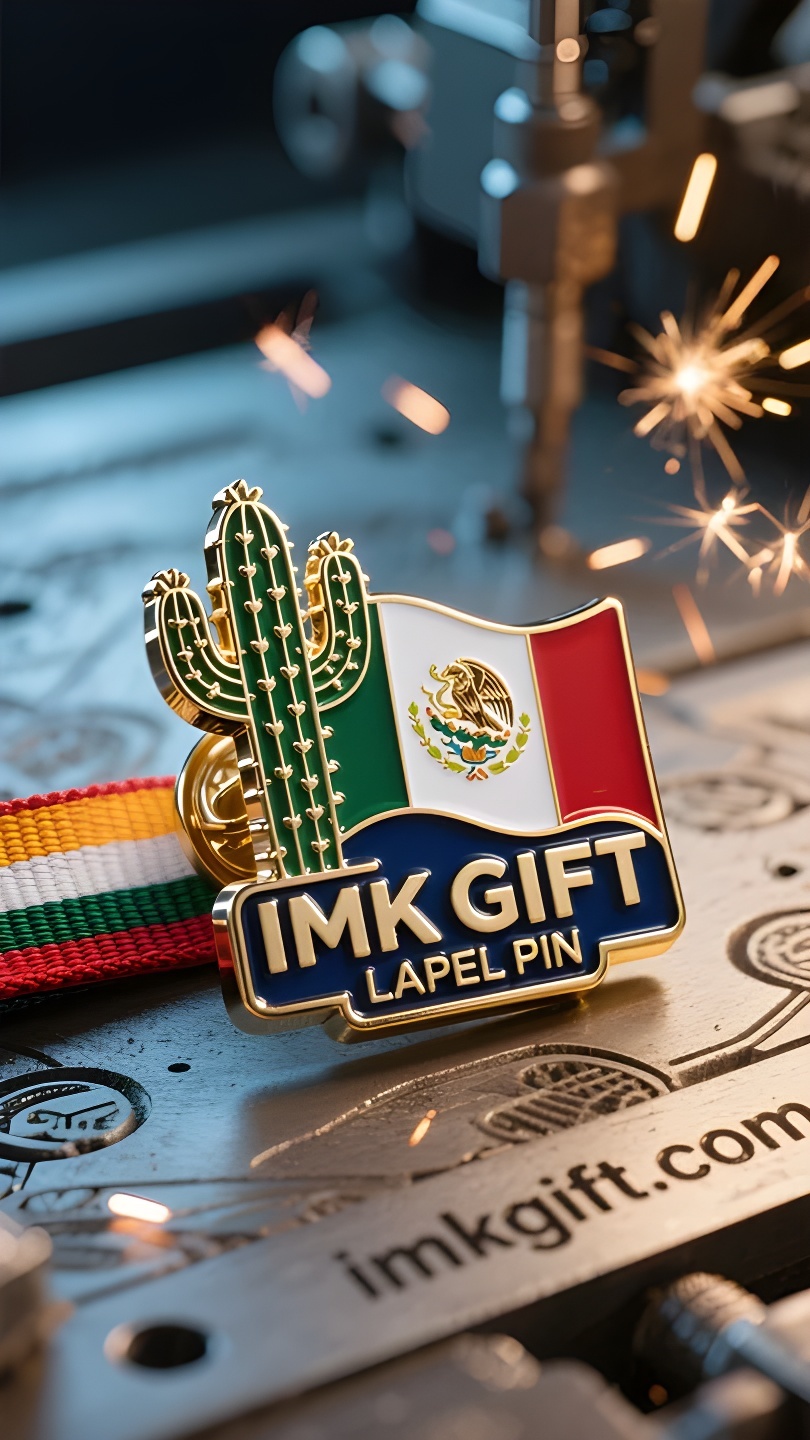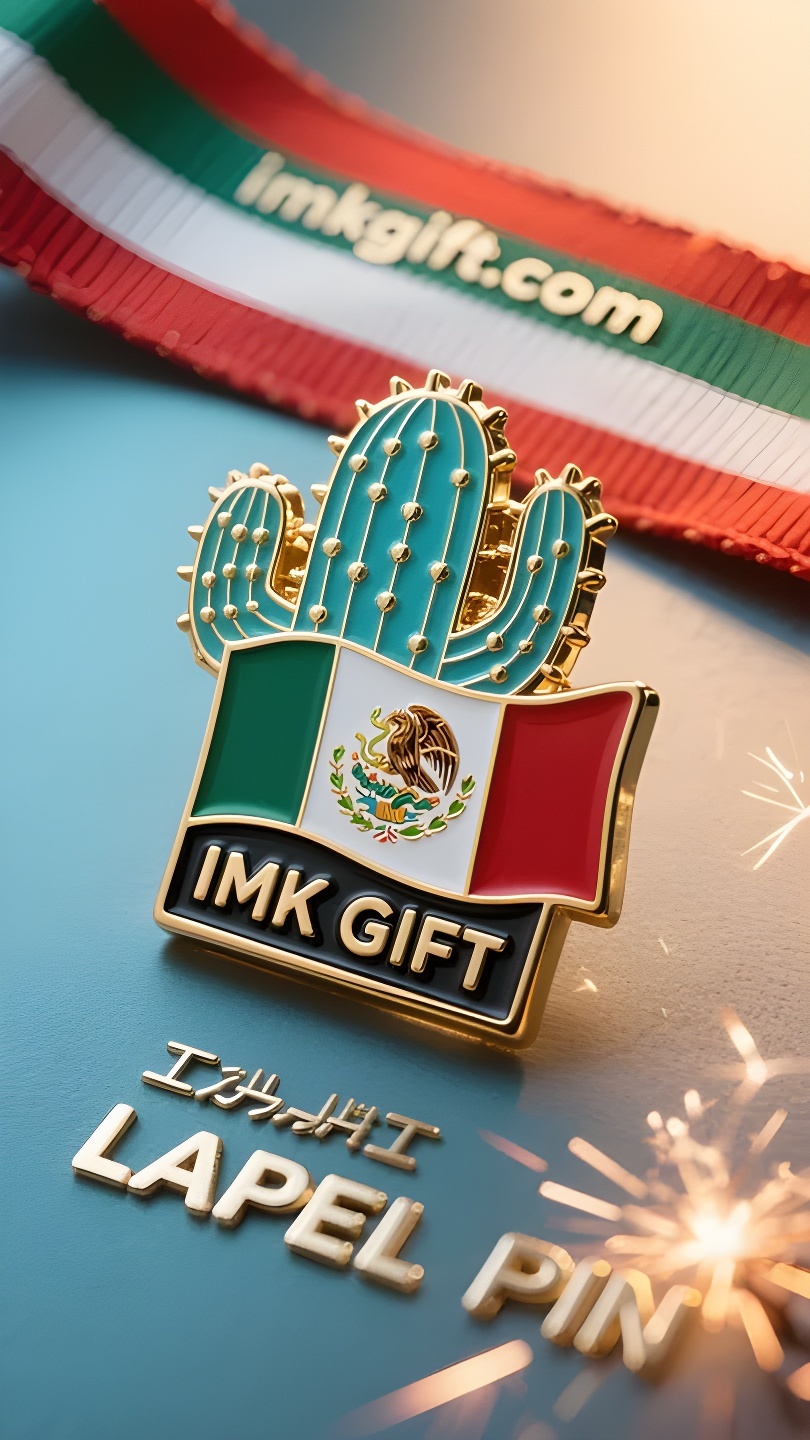in984-Alma-del-Cactus-Un-Tributo-a-la-Vida-Bajo-la-Bandera-Mexicana
▼
En septiembre en México, los colores verde, blanco y rojo de la bandera nacional ondean en medio de los vítores del Día de la Independencia. Esta tierra utiliza el cactus como tótem y graba la filosofía de vida en el emblema nacional: un águila se para en la cima de un cactus, agarrando una serpiente con sus afiladas garras y levantando su cabeza hacia el cielo. Esta insignia no solo cuenta la leyenda de los ancestros aztecas, sino que también contiene un código espiritual que trasciende el tiempo y el espacio. El cactus es una metáfora de la supervivencia en México. Echa raíces en las grietas estériles de las rocas, utilizando sus bordes espinosos para resistir el abrasador sol del desierto, pero produce frutos dulces en la sequedad. Así como México ha experimentado la opresión colonial y los desastres provocados por terremotos, todavía ha florecido la civilización entre las ruinas. Las ramas entrelazadas del cactus del emblema nacional son como la textura civilizacional de esta tierra que se ha reorganizado continuamente durante los últimos cuatrocientos años. Cada cicatriz se convierte en el punto de partida de una nueva vida. El águila que vuela arriba tiene un significado más profundo: no teme los enredos de la serpiente venenosa y completa la sublimación de la vida en la lucha. Esto recuerda a la gente la tenacidad de los ciudadanos que cavaron entre los escombros con sus propias manos después del devastador terremoto en la Ciudad de México; Recuerda a los campesinos del Altiplano de Chiapas que sembraron esperanza en los campos cubiertos de ceniza volcánica. Así como un cactus almacena agua en su grueso tallo, los mexicanos transforman el sufrimiento en alimento para sus almas. Cuando se iza la bandera nacional en la Avenida de la Reforma, lo que salta entre las ondas tricolores no es sólo la gloria de la historia, sino también la vitalidad que nunca se rinde. Los genes del cactus fluyen en la sangre de cada mexicano, echando raíces en situaciones desesperadas y floreciendo bajo el sol abrasador, dejando al mundo testigo de que la vida más tenaz a menudo nace de la tierra más dura.
In September, the green, white and red colors of Mexico’s national flag flew amid the cheers of Independence Day. This land uses cactus as a totem, and engraves the philosophy of life on the national emblem – an eagle stands on the top of a cactus, grabbing a snake with its claws, and looking up to the sky. This emblem not only tells the legend of the Aztec ancestors, but also contains a spiritual code that transcends time and space. Cactus is a metaphor for Mexico’s survival. It takes root in barren rock cracks, uses its thorny edges to resist the scorching sun in the desert, but breeds sweet fruits in the dryness. Just as Mexico has experienced colonial oppression and earthquake disasters, it still blooms the flower of civilization among the ruins. The cactus branches on the national emblem are intertwined, just like the civilization texture of this land that has been continuously reorganized for four hundred years, and each scar becomes the starting point of a new life. The eagle hovering above it has a deeper meaning: it is not afraid of the entanglement of poisonous snakes, and completes the sublimation of life in the struggle. This reminds people of the tenacity of the citizens who dug the ruins with their bare hands after the earthquake in Mexico City; it reminds people of the farmers in the Chiapas Plateau who sowed hope in the fields covered with volcanic ash. Just like the cactus stores water in its thick stems, Mexicans transform suffering into nourishment for the soul. When the national flag is raised on Reforma Avenue, the three-color ripples are not only the glory of history, but also the vitality of never giving up. The genes of cactus flow in the blood of every Mexican – taking root in desperate situations and blooming under the scorching sun, letting the world witness that the most tenacious life is often born from the hardest soil.
九月的墨西哥,国旗的绿白红三色在独立日的欢呼声中飞扬。这片土地以仙人掌为图腾,将生命哲学镌刻在国徽之上——雄鹰立于仙人掌之巅,利爪擒蛇,昂首向天。这枚徽章不仅诉说着阿兹特克先祖的传说,更蕴藏着跨越时空的精神密码。
仙人掌是墨西哥的生存隐喻。它扎根贫瘠岩缝,用多刺的棱角抵御荒漠烈日,却在干涸中孕育着甘甜的果实。正如墨西哥历经殖民压迫与地震灾难,依然在断壁残垣中开出文明之花。国徽上的仙人掌枝干交错,恰似这片土地四百年来不断重组的文明肌理,每个伤痕都成为新生的起点。
盘旋其上的雄鹰更具深意:它不惧毒蛇的缠绕,在搏斗中完成生命的升华。这让人想起墨西哥城大地震后,市民徒手挖掘废墟的坚韧;想起恰帕斯高原的农民,在火山灰覆盖的田地里播种希望。就像仙人掌将水分储存在肥厚的茎干中,墨西哥人将苦难转化为滋养心灵的养料。
当国旗在改革大道升起,三色波纹间跃动的不仅是历史荣光,更是永不言败的生命力。每个墨西哥人的血脉里都流淌着仙人掌的基因——在绝境中扎根,在烈日下绽放,让世界见证:最顽强的生命,往往诞生于最坚硬的土壤。
▼
Contact Us
📞 Tel: +0086-760-85286839
📧 Email: sales3@imkgift.com








